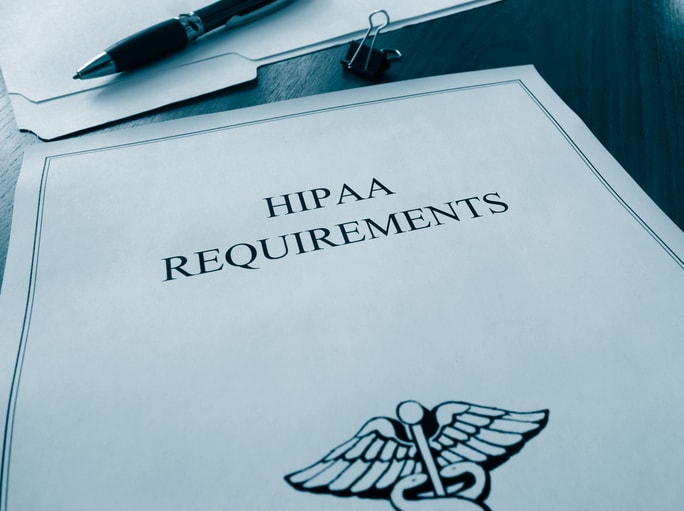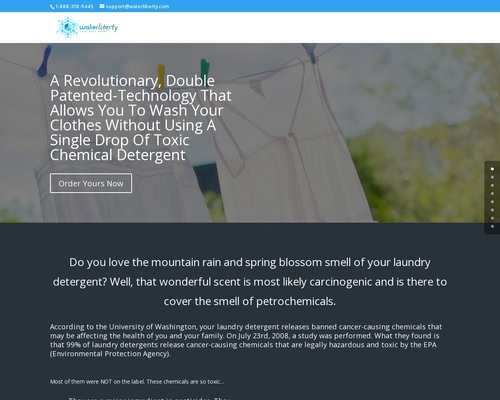
Over the last couple of decades, the healthcare industry has digitized operational and patient data. Digitization brought instant access to information, made sharing of information easier among healthcare professionals and improved the efficiencies of patient outcomes. Automation has revolutionized the healthcare industry and made it more cost-effective for organizations to run day-to-day operations.
Government programs like HITECH drove digitization and recognized the benefits of instant access to information. The days of huge repositories of paper healthcare records stored in thousands of difficult to access files should be over. We should be as likely to see healthcare professionals consult an iPad as a traditional chart.
But, in spite of widespread digitization, many healthcare organizations haven’t fully adapted to the potential for automation opportunity that exists for healthcare data.
What is Data Automation?
Automation is the use of information technology that reduces the need for human work in the creation of outcomes. Today’s automation technologies are capable of far more than human administrators. Tasks such as reduction of administrative workloads, improvement of the consistency of patient care, elimination of waste, enhancement of information exchange, analysis of data, and monitoring of patients can all be streamlined with data automation.
Automation of routine tasks can cut the amount of paperwork that healthcare organizations have to deal with. It can also reduce staffing costs and increase operational efficiency.

Why Hasn’t Your Healthcare Organization Embraced Automation?
There are a couple of reasons automation isn’t a part of the average healthcare organization. First, although data has been converted to digital form, it’s often stored in legacy platforms that make collaboration difficult. Throughout the nineties and the early years of the last decade, healthcare organizations were encouraged to modernize by digitizing data. However, the available solutions were proprietary tools that don’t support the flexibility demanded by today’s healthcare applications. If silos of this type store data, the information is far less useful to both customers and healthcare organizations that need it. The data can’t be shared easily or accessed by mobile applications via secure APIs.
A transition to modern servers and database hosting can free healthcare data from the silos that make automation challenging while ensuring that it is stored safely and securely.
Second, healthcare professionals are concerned about the impact automation could have on what is, at heart, a human-centered industry. Many patients value the contact they have with healthcare professionals and ancillary staff like receptionists. There is a worry that automating services that were traditionally provided by a person might make a healthcare organization seem cold and distant.
A Change in Expectations
There may be a kernel of validity to this worry; some healthcare users simply prefer to deal with a human when they make appointments or request information. But younger patients skew in the opposite direction: they expect data to be delivered via the web on their preferred schedule, and automation can help with delivering the kind of service that healthcare users who grew up on the web expect.
Additionally, automation increases the amount of time healthcare professionals have available for direct interaction with patients, as well as giving them the ability to manage more patients at the same time.
So far we’ve been talking about automation in the abstract. Let’s look at a concrete example of how automation is helping to increase efficiency and productivity in healthcare organizations.

Automation Example: Healthcare Appointment Scheduling
Scheduling appointments are a part of the everyday life of a healthcare organization. Staff spend their time booking appointments, answering calls from patients and customers, and calling patients to remind them about appointments.
Rather than waste precious time with administrative work, healthcare receptions can automate most of their scheduling. For example, Bookly is a WordPress plugin that integrates with an existing WordPress site to provide an intuitive mobile and web booking interface.
Customers can see when appointments are available and book a slot. Bookly will automatically send email or SMS appointment notifications, increasing attendance while reducing costs compared to a manual appointment system. Non-attendance is a problem for all healthcare organizations because it wastes the time of healthcare professionals and reduces operational efficiency. Automatic text notifications have been shown to reduce non-attendance and no-shows by a considerable margin while being less expensive than manual phone notifications.

Healthcare Automation and HIPAA
Healthcare organizations benefit from digitization and automation of healthcare data. However, because they operate under stringent regulatory requirements, they can’t just lease any old server, install a WordPress site with the Bookly plugin, and start booking appointments.
Appointment information is considered Protected Health Information and is subject to HIPAA’s Privacy and Security Rules. Organizations that use tools like Bookly can avoid compliance issues by taking advantage of server hosting that complies with HIPAA.

Automation and Security
The security concerns of healthcare organizations go beyond HIPAA-compliance. One of the less often considered benefits of automation is the ability to enhance the security of healthcare organizations.
Serious data breaches and security compromises are often the results of human error. By taking the human being out of the loop and automating data sharing and processing tasks, the likelihood of mistakes leading to security vulnerabilities reduces substantially.
Take the example of manual data entry, something that happens in healthcare organizations across the nation every day. The person entering the data has to be efficient and have a high attention to detail. In addition, they must receive security training and avoid making mistakes that might expose data. Finally, they must only use previously vetted and locked-down hardware.
An automated system coded securely for the specific task of pulling data from one system into another performs more reliably. It can be tested more easily and costs less than the human option. The automated system can automatically use locked-down hardware. Plus, it doesn’t require the vulnerability prone applications and services that human interaction demands. No spreadsheet application, no web browser with vulnerable plugins, and so on.

Automation And The Future Of Healthcare
Digitization and automation are revolutionizing many processes in healthcare organizations like medical and dental practices. Revenue cycle management, pharmacy ordering systems, patient outreach and education, and more can be automated. This innovation will streamline operations and empower healthcare organizations to focus time and resources on their core mission. Liquid Web’s HIPAA Compliant Hosting can provide a safe hosting environment for healthcare organizations to explore the benefits of automation.
Find Out How This Specialist Pharmacy was Able to Go to Market with Life-Saving Medication 3 Weeks More Quickly Using HIPAA Compliant Hosting and VMware Private Cloud. Download the Case Study Now.
[ad_2]
Source link







